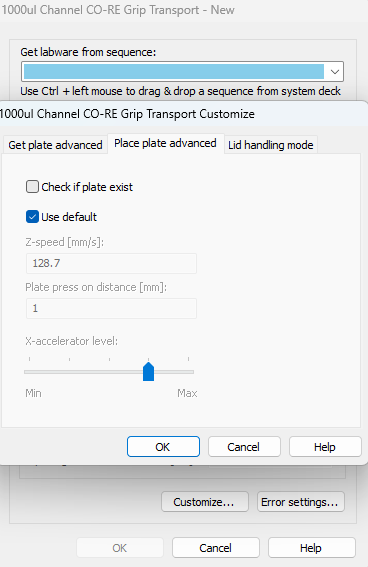Hi everyone,
This is a branched discussion from Response to command R0QWid0006 to separate the conversation about how to use a Hamilton STAR without an iSWAP (which @rickwierenga has quickly fixed) from the discussion about CO-RE-based labware movement that emerged.
Thank you @ben for your CO-RE gripper implementation which looks fantastic.
After reading the pull request conversation I was wondering:
- Does the
lh.move_plate(plate, plate_carrier[1], use_arm="core")command also allow lists of plate pickup and drop positions as arguments?
I saw that the original implementation of get_core, put_core was changed to the above command for cross-platform compatibility. However, when moving multiple plates, it would be quite time-consuming to park and collect the CO-RE grippers between every movement.
-
What channels does
use_arm="core"use? Could this be specified? -
CO-RE gripper “grip strength” is generated through the relative movement of the two channels that use the gripper. How is the grip strength currently defined?
